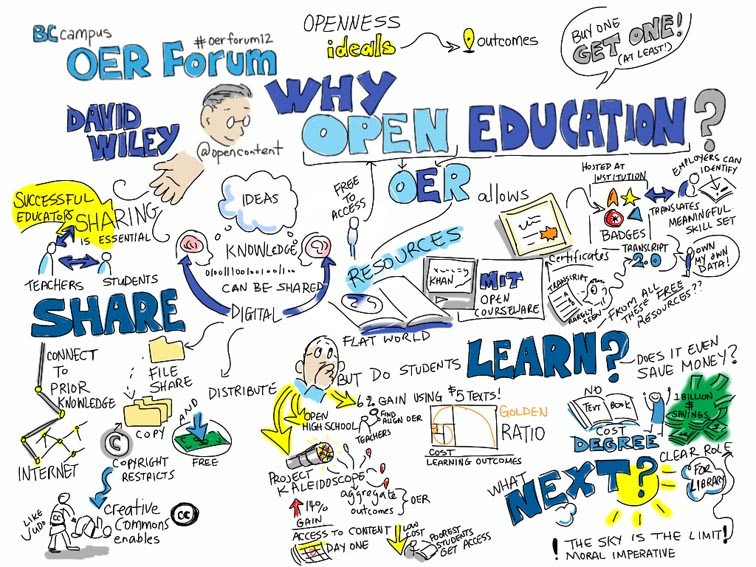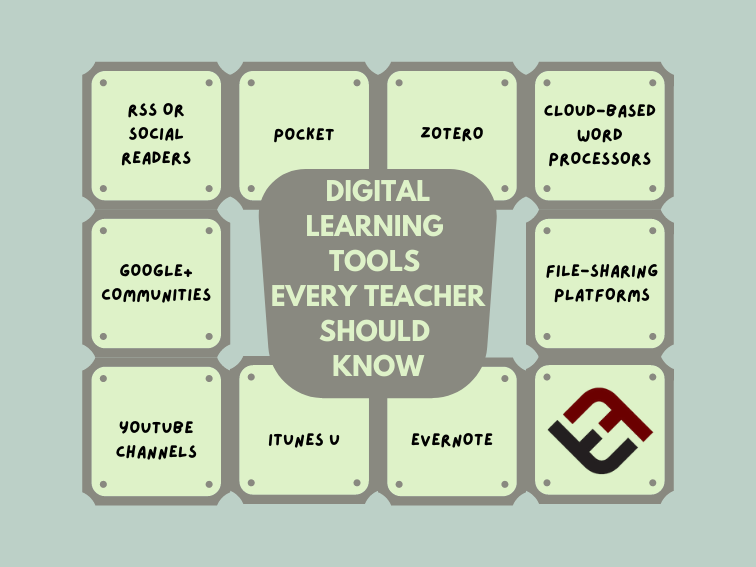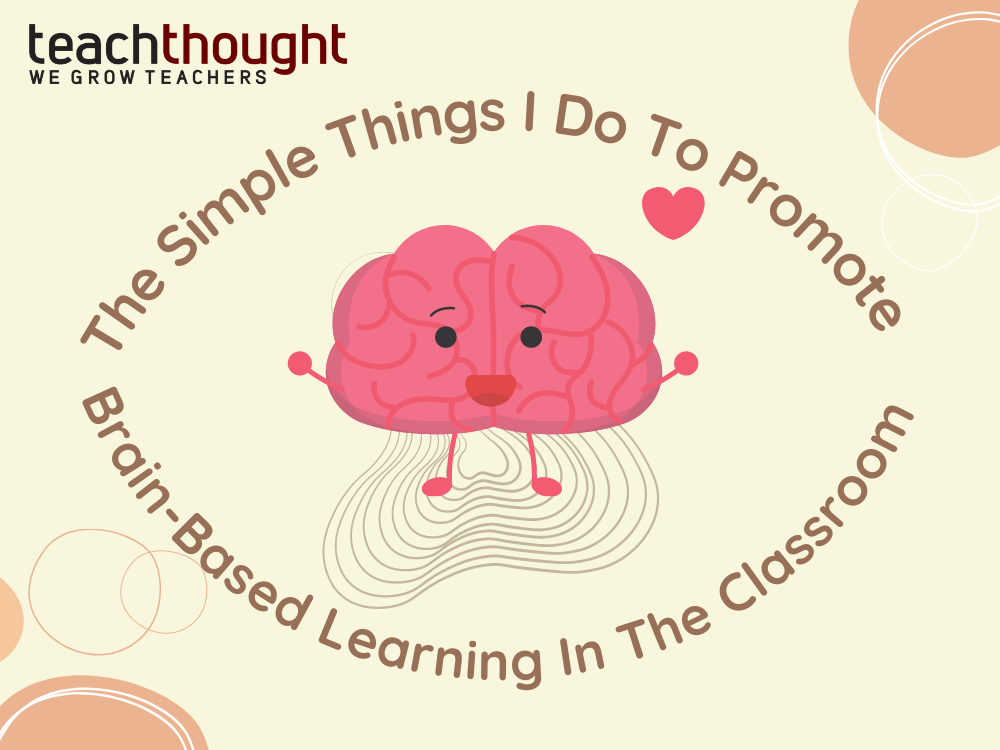Critical Thinking From The Ground Up
Seven points we view as systemically underserved could, if better addressed, enhance children’s thinking as they mature.
Seven points we view as systemically underserved could, if better addressed, enhance children’s thinking as they mature.
![Helping Students See Themselves As Learners [A Graphic]](https://www.teachthought.com/wp-content/uploads/2012/12/Self-Knowledge-Continuum.png)
How does that student see him or herself–as a student? As a learner? How we self-identify academically lays the groundwork for understanding. In lieu of the academic standards, self-knowledge–and perhaps the thinking habits learners possess–are the ultimate goal of all learning. While it’s potentially useful to be able to calculate the area of a triangle, extract…
5 Videos That Describe New Learning by TeachThought Staff What new learning actually is depends on who you talk to. Project-based learning infused with educational technology. Game-based learning and learning simulations. Self-directed learning and learning through play. eLearning and mobile learning to promote personalized learning for every child. Below are five videos that describe what…

Visual notes–also know as Sketch notes–look cool, but they also contain considerable cognitive potential, forcing learners to combine both left and right-brain approaches while internalizing often complex ideas, and then turning those ideas into visual narratives. We’ve covered how to take visual notes on the iPad previously, and looked at making student thinking visual as…

In part 1 of this 6-part series, Thomas Stanley looked at an overview of blended learning, specifically the critical interactions of a blended learning model. In part 2, he looked specifically at student-to-student interaction, and the reality of synchronous and asynchronous access. In part 3, he looked at student-to-teacher interactions, and moving from instruction to becoming the “guide…
by edshelf: Reviews & recommendations of tools for education Who doesn’t love free? As a teacher who needs to buy your own chalk and paperclips, it’s nice to know there are oodles of free online resources you can use. Public school teacher Sarah Price shares her favorite free websites and mobile apps, such as Symbaloo, TED-Ed, and…

The 21st century is a time of rapid change, and while the brain may not be changing, the digital learning tools we use to feed it are.

You don’t have to be a neuroscientist to promote brain-based learning in your classroom. In fact, it’s really quite simple.
This contributed post was written by a bookboon employee 4 Sources Of Low Cost Online Textbooks And Educational Resources Online education and eTextbooks are becoming increasingly popular amongst students, teachers and professors all over the world. According to a 2012 survey conducted by The Digital Reader, 43.7% of US students are currently using digital textbooks….

Improve Student Vocabulary: 600 Other Ways to Say Common Things Your students are bright, but they don’t always sound like it. Their writing is full of cliche and emaciated language that doesn’t reflect their inner voice, nor does it indicate their vocabulary level. You want your students to use specific language that demonstrates the intended…

by Dawn Casey-Rowe, Social Studies & Educational Technology Teacher I fed them edamame. We were having a contest to wrap up the end of unit on Japan. One student informed me he didn’t like vegetables. Was I feeding him a vegetable? Another student said that she didn’t like vegetables before, but she did now–she was glad she…

What tools do you use for creating presentations? Teachers have many different tools they can use to help them present information in a clear and concise manner. Some common tools are PowerPoint, Prezi, and Google Slides. Each tool has its own unique features that can help teachers better engage their students. PowerPoint is a very…